ARTICLES
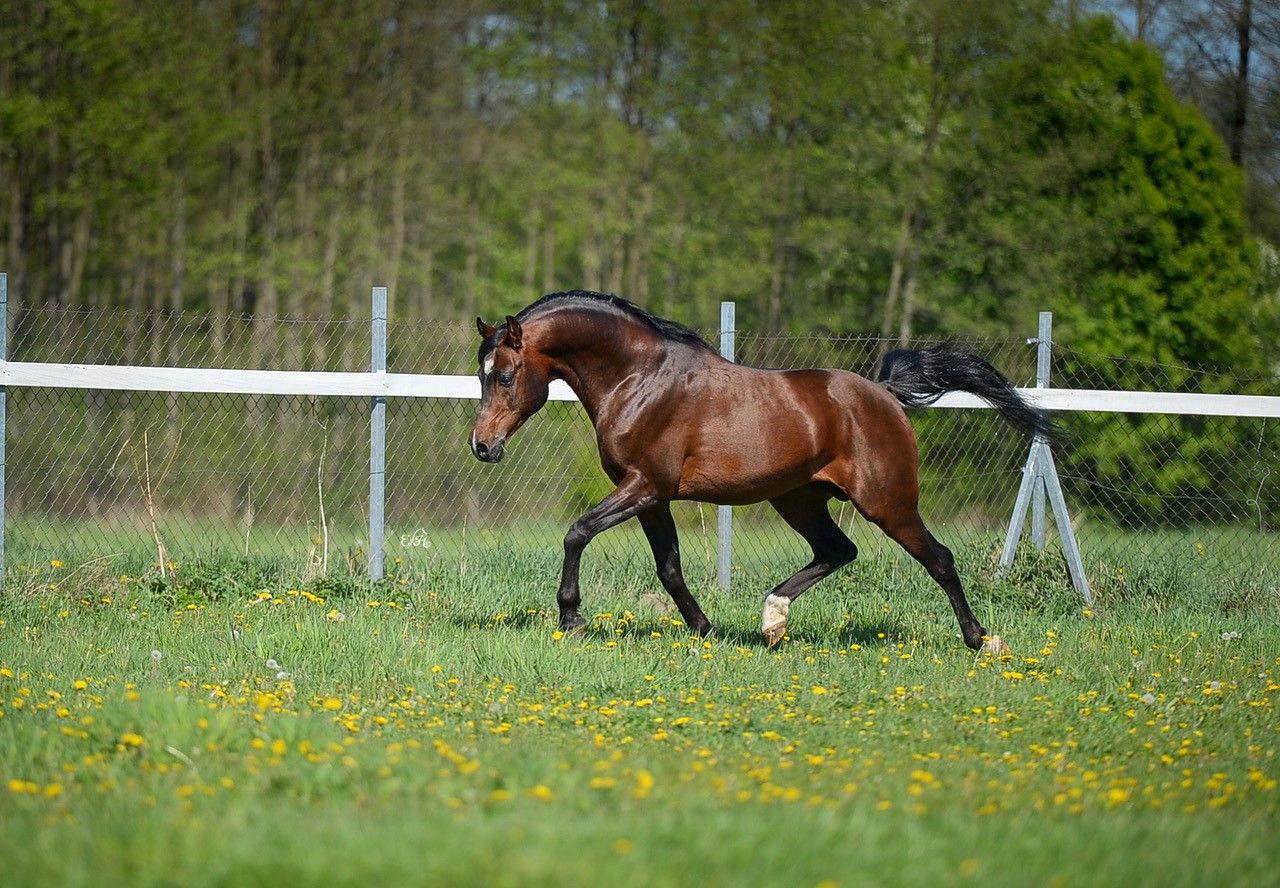
Pure Polish Arabians too sparsely used in breeding
Where? Of course in two stud farms supervised by KOWR (National Centre for
Supporting Agriculture) – Janów Podlaski and Michałów. This tendency was visible at Autumn Breeding
Inspections, which – for this time – weren`t classified secret any more (at least not completely and
not for all). In both facilities presented were similar numbers of broodmares and this year`s foals,
whereas within those herds different tendencies appeared.
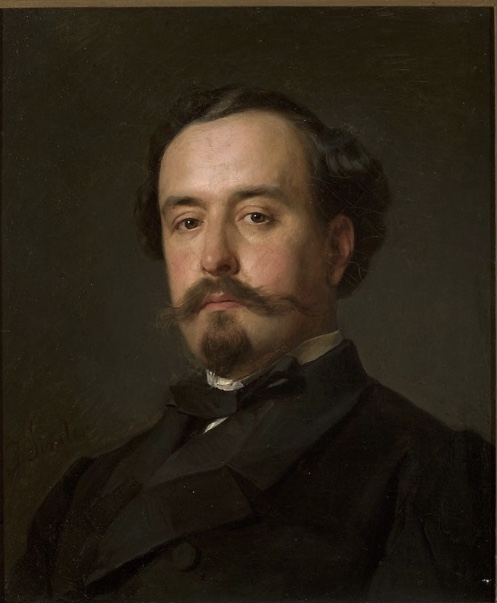
JULIUSZ KOSSAK (1824-1899) (on the 200th anniversary of his birth)
“It is common knowledge that no one before or after Juliusz Kossak made the
Polish horse and its breeding as famous as he did. Therefore, this painter particularly deserves to
be remembered among Polish horse lovers.“
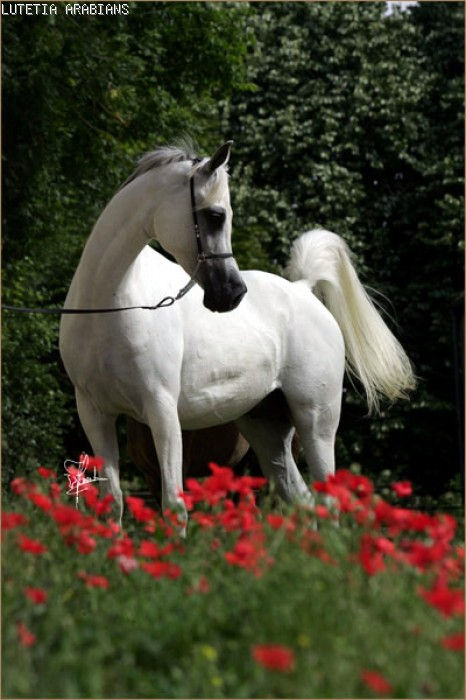
Who deprived Polish state studs of the best stallions and mares?
The restored to favor monopolists of state-owned Arabian horse breeding declare unanimously, that during their absence the state studs became „devastated”. How could it happen? Well, in their opinion the Law and Justice (PiS) nominees simply cleaned off the broodmares` bands from the most valuable sires and dams. Was it for sure? Let`s better have a look, how did that „cleaning off” look like during their administration and later, when they began to refit the Polish breeding.
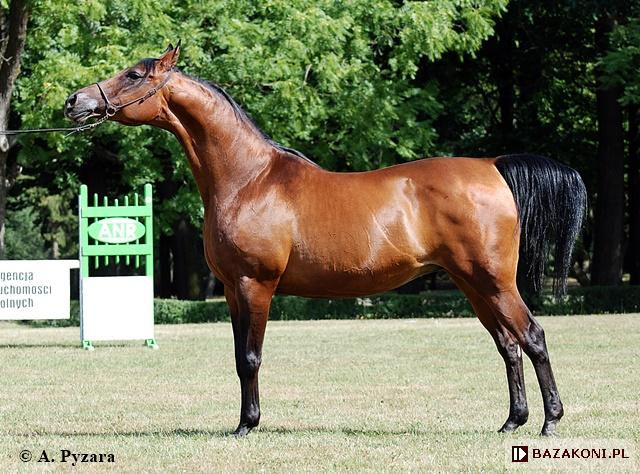
Mare line Gazella d.b. at the Białka Horse Stud
On April 1st, 1994, at Kurozwęki Stud, a daughter of the stallion Borekwas born – the filly Cirka out of Cuma by Eukaliptus, - a representative of theGazella d.b. dam line, imported in 1845 to Jarczowce by Count JuliuszDzieduszycki. The story of her origin tells the path of Polish breeding, fullof dramatic events, from the mid-19th century to the present day.
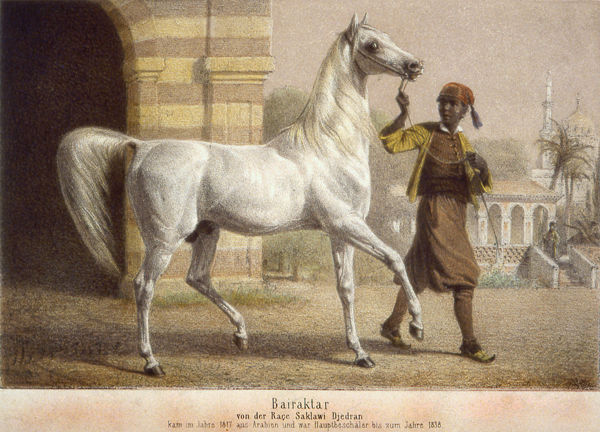
The sire line of Bairactar d.b. 1813 – forever alive
The sire line of Bairactar d.b. is the oldest, although not very numerously
represented today, still active male line in the breeding of pure-bred Arabian horses in the world.
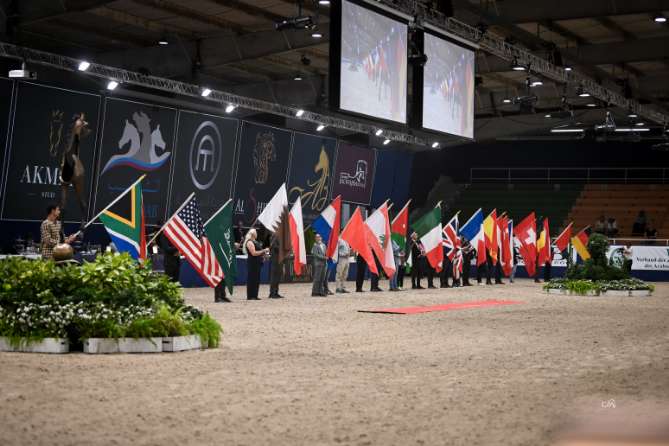
39. All Nations Cup – Polish marks
This year’s All Nations Cup catalogue listed 123 horses. However, as many as 31 participants did not show up, which in some classes limited the number of participants to 2-3 horses. This situation qualified all class participants for the finals, which made the elimination competitions only a formality. The overall level should be considered equal and quite high, especially in the junior and senior mares classes.
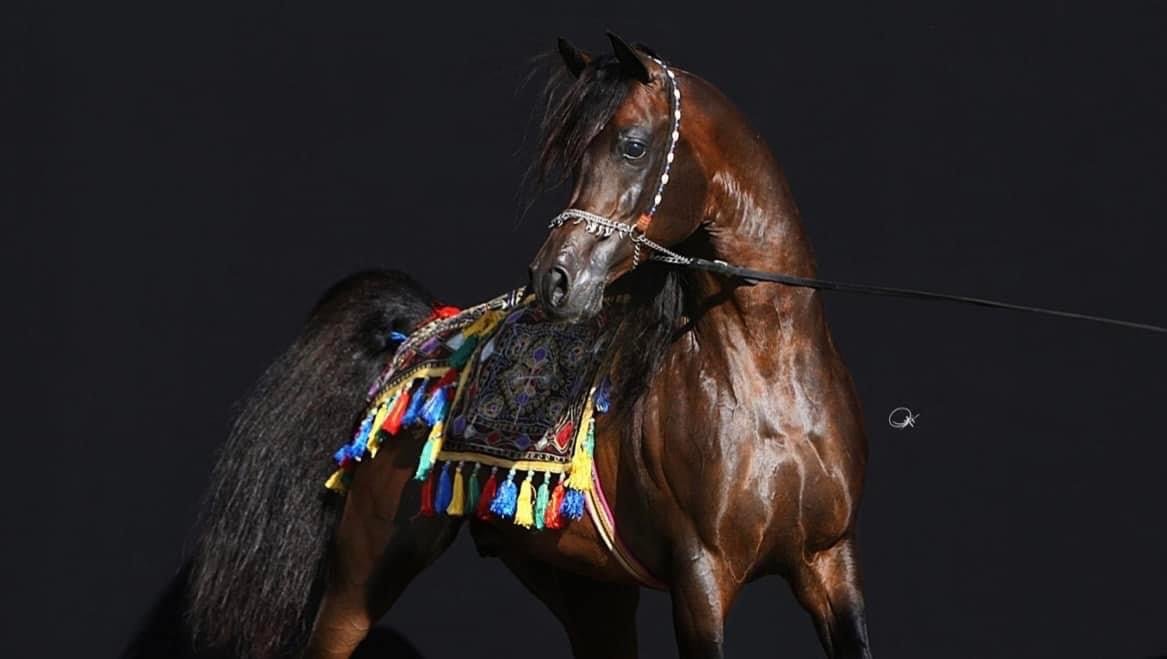
From stallion to sire – towards selection response (breeding progress)
Statistically half of all horses born are stallions. However, only one stallion in a hundred becomes a sire.That is worth remembering while looking at stallions occupying the box of chief sire. So what does it take to make a mature sire out of a young colt?
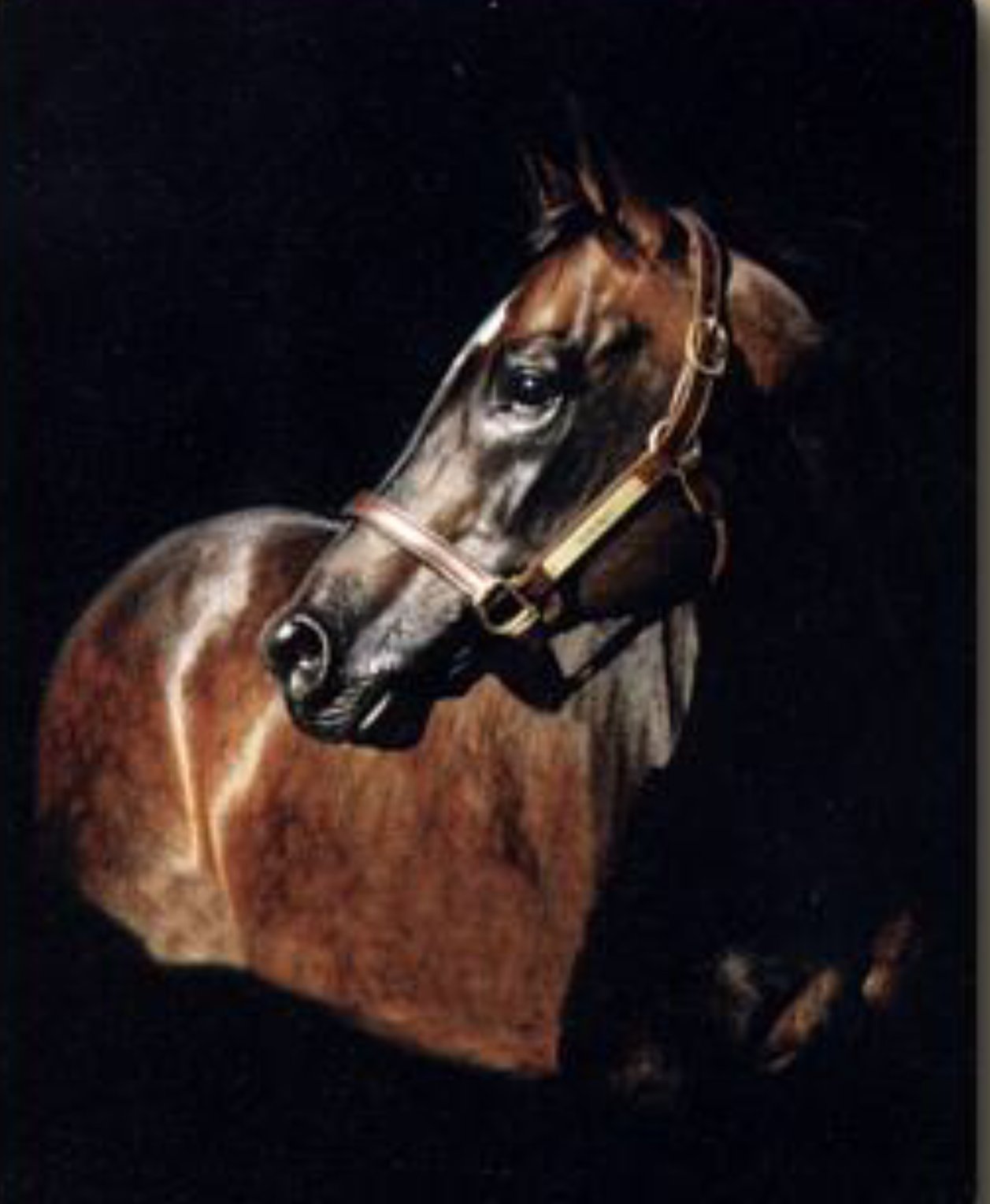
Bravery trial as an essential factor in breeding Arabian horses in Poland
Until recently, placing 3-year old Polish Arabian horses in race training was an undisputed prerequisite, considered on equal footing with the horse’s quality and beauty. However, that situation has changed, and Polish Arabian horses are now being ousted from Polish race tracks by horses unconnected with the Polish Breeding Program.
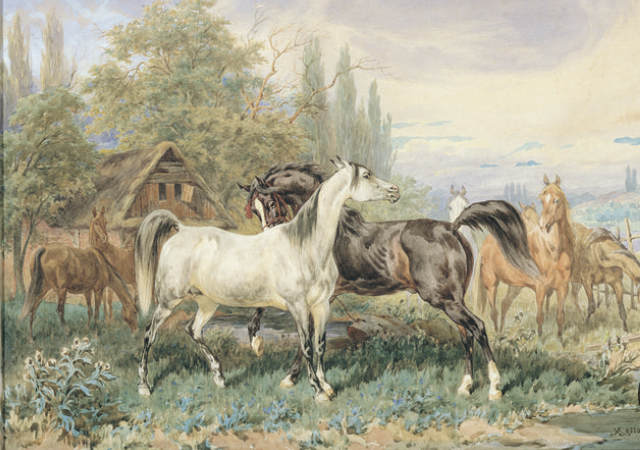
The Arabian horse sirelines in Polish breeding over the centuries
As early as in 1570 the chief groom of King Sisigmund August – Adam Miciński
- wrote about “breeding the Arabian lines” in his book. Unfortunately there are no details about the
breeding and after the King’s death the stud was diffused...



